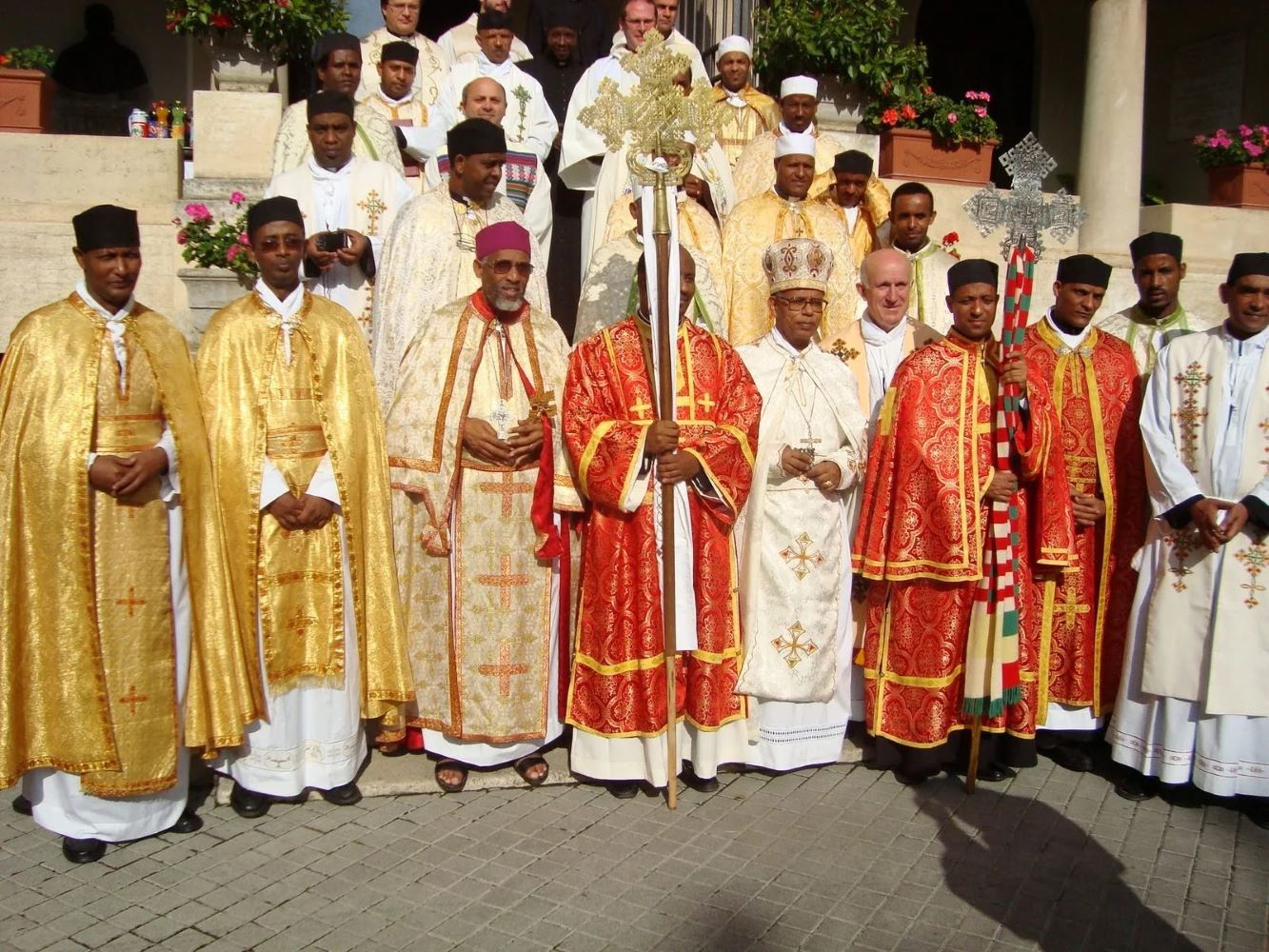
What is a Mission Sui Juris? A Mission Sui Juris is a unique type of ecclesiastical jurisdiction within the Catholic Church. Unlike typical dioceses or archdioceses, these missions operate independently under the direct authority of the Pope. They are usually established in regions where the Catholic Church is not yet fully organized or where special pastoral needs exist. Often, they serve remote areas or places with small Catholic populations. The term "sui juris" means "of its own right," highlighting their autonomy. These missions play a crucial role in spreading the faith and providing spiritual care in challenging environments.
What is a Mission Sui Juris?
A Mission Sui Juris is a unique type of ecclesiastical jurisdiction in the Catholic Church. It operates independently and is not part of any diocese or archdiocese. These missions are often established in regions where the Catholic Church is not yet fully organized.
-
Independent Jurisdiction: Unlike dioceses, Missions Sui Juris operate independently and report directly to the Holy See.
-
Latin Term: The term "Sui Juris" is Latin for "of its own law," highlighting its autonomous nature.
-
Special Circumstances: These missions are often set up in areas where the Catholic Church is still developing or where political or social conditions make a regular diocesan structure impractical.
Historical Background of Mission Sui Juris
Understanding the history behind these missions provides insight into their unique role within the Church.
-
Early Establishment: The concept dates back to the early centuries of Christianity when missionaries traveled to remote regions.
-
Colonial Era: Many Missions Sui Juris were established during the colonial period to cater to the spiritual needs of settlers and indigenous populations.
-
Modern Times: Today, they are often found in politically unstable regions or areas with small Catholic populations.
Examples of Mission Sui Juris
Several Missions Sui Juris exist around the world, each with its own unique characteristics.
-
Falkland Islands: This mission serves the small Catholic community in the Falkland Islands, a remote British territory in the South Atlantic.
-
Tokelau: Located in the South Pacific, this mission caters to the Catholic population of the tiny island nation of Tokelau.
-
Turkmenistan: In this predominantly Muslim country, the Mission Sui Juris of Turkmenistan serves the small Catholic community.
Administration and Governance
The governance of a Mission Sui Juris is distinct from that of a typical diocese.
-
Direct Reporting: These missions report directly to the Pope, bypassing the usual diocesan hierarchy.
-
Appointed Leaders: The Pope appoints a superior to oversee the mission, who may be a bishop, priest, or even a layperson.
-
Flexible Structure: The administrative structure is often more flexible, allowing for adaptation to local conditions.
Challenges Faced by Mission Sui Juris
Operating in unique and often challenging environments, these missions face several obstacles.
-
Political Instability: Many are located in regions with political unrest, making consistent pastoral care difficult.
-
Limited Resources: They often have fewer financial and human resources compared to established dioceses.
-
Cultural Barriers: Missionaries must navigate diverse cultural landscapes, which can complicate evangelization efforts.
Contributions to the Catholic Church
Despite the challenges, Missions Sui Juris make significant contributions to the global Catholic community.
-
Evangelization: They play a crucial role in spreading the Catholic faith to remote and underserved regions.
-
Cultural Exchange: These missions facilitate cultural exchange and understanding between different communities.
-
Social Services: Many provide essential social services, such as education and healthcare, to local populations.
Future of Mission Sui Juris
Looking ahead, the role and structure of Missions Sui Juris may evolve to meet new challenges and opportunities.
-
Technological Integration: Advances in technology could help these missions reach more people and provide better services.
-
Increased Collaboration: Greater collaboration with local communities and other religious organizations could enhance their effectiveness.
The Final Word on Mission Sui Juris
Mission Sui Juris stands out as a unique structure within the Catholic Church. It operates independently, often in regions where traditional diocesan structures don't fit. These missions provide pastoral care to Catholics in remote or challenging areas. They’re led by a superior who reports directly to the Pope, ensuring a direct line of communication and authority. This setup allows for flexibility and adaptability, crucial for addressing the specific needs of diverse communities. Understanding Mission Sui Juris helps appreciate the Church's efforts to reach all its members, no matter where they are. It’s a testament to the Church’s commitment to inclusivity and pastoral care. So, next time you hear about a Mission Sui Juris, you'll know it’s more than just a term; it’s a lifeline for many Catholics around the globe.
Was this page helpful?
Our commitment to delivering trustworthy and engaging content is at the heart of what we do. Each fact on our site is contributed by real users like you, bringing a wealth of diverse insights and information. To ensure the highest standards of accuracy and reliability, our dedicated editors meticulously review each submission. This process guarantees that the facts we share are not only fascinating but also credible. Trust in our commitment to quality and authenticity as you explore and learn with us.


